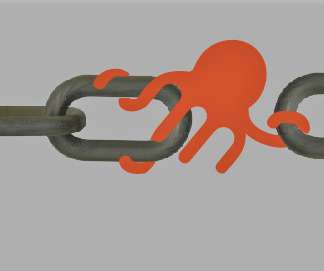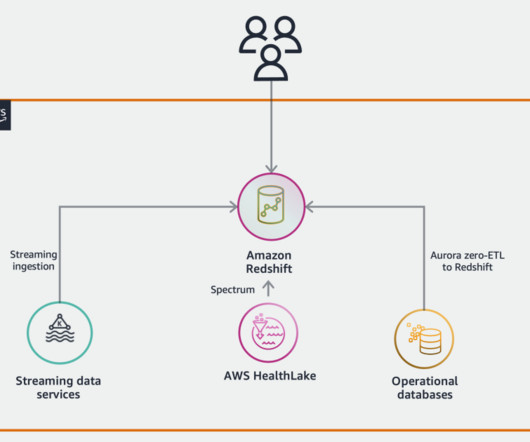Salesforce debuts Zero Copy Partner Network to ease data integration
CIO Business Intelligence
APRIL 25, 2024
Zero-copy integration eliminates the need for manual data movement, preserving data lineage and enabling centralized control fat the data source. Currently, Data Cloud leverages live SQL queries to access data from external data platforms via zero copy. Ground generative AI.














Let's personalize your content